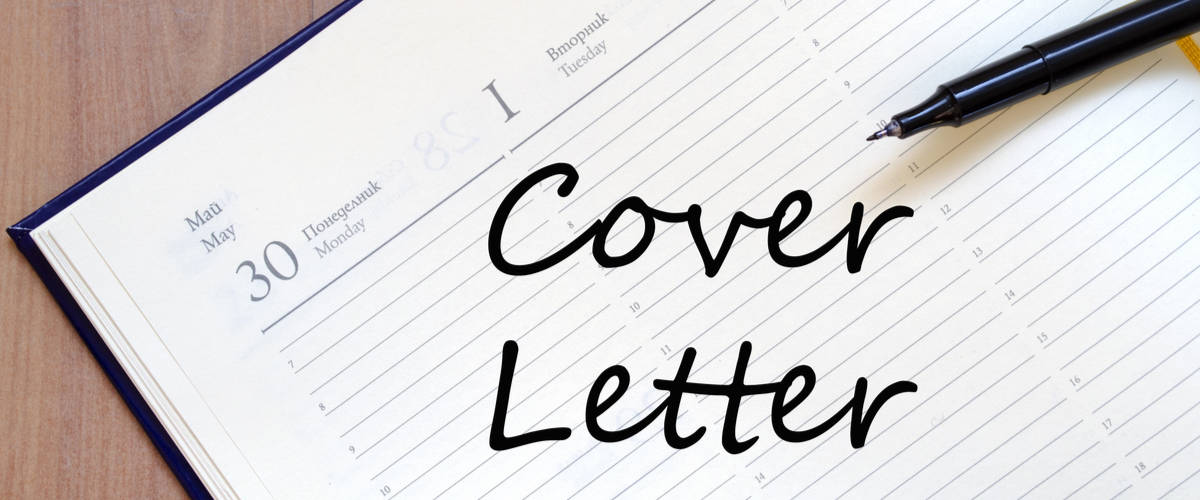
How to Showcase your Technical Skills in a Resume to Stand-Out from the Rest
As in any job search, your resume is the key that opens the tech job door. And most jobs require technical skills of some sort, so all job candidates should list them on their resume, even if it’s “just” Microsoft Office Suite proficiency. That’s important!
But as a recent grad trying to land a strictly technical job—a CAD technician or software engineer, for example—you have different challenges. For that reason, it’s important to showcase your technical skills in more detailed terms than you would for jobs in other sectors.
If you’re trying to write a technical resume that will get you that interview, this is for you.
What are the technical skills?
Job-ready hard skills—technical skills—are technology-based computer skills. Listing these hard skills in a technical resume is not that simple, but it’s important since many positions require specific knowledge of hardware, software, coding, and tools to get the job done.
When listing technical skills, you have two ways to do it. First, you can add a simple list of hardware, software, specific skills like coding or analyzing, and web-based apps you know well.
Another way depends on the nature of the tool or technology and the overall importance of it on the job. Sometimes a skill or set of skills isn’t something that helps you do your job; rather, it defines your job and you must have it. Cybersecurity analysts, for example, must understand encryption, firewalls, networks, and database management, and it’s not enough to list these items. You must also provide details to demonstrate your knowledge and show you’re prepared for the job.
In other words, don’t just list “firewall experience.” Mention the specific types: “Advanced experience with packet-filtering firewalls including Cisco PIX” or “monitored layer 7 and next-gen firewalls” are just two possibilities.
The more knowledge you have or experience using the tool or skill (from classroom and project experience, an internship, or previous experience), the more important it is to mention it, especially if it’s a job requirement. Remember, hiring managers are likely to pick your resume for an interview based on specific skills and experience, and they might even use those skills as search keywords.
How to Write a Technical Resume
Consider the most important skills in a technical job and how to highlight them effectively.
Spend some time to make notes. List all your technical skills and include all facets of using them. Be as wordy as you like for now; just get out all your ideas. Then, if you have a lengthy list, eliminate the most basic skills or those not listed in the job description. Then, as you review the details about each one, choose only what an employer must know or some exceptional detail that makes you the best candidate. These are the tech skills and details about them to include in your resume.
Pay special attention to those skills listed in the job description. With that, you can create a technical resume that’s exactly what employers are looking for.
Choose a chronological or functional format
Two main types of resume formats are possible: functional and chronological.
To highlight skills over experience, use a functional format. If listing experience and education work to your benefit, using a simple timeline—a chronological format—is best. Most people use a chronological format even if skills are heavily weighted.
The functional format focuses on soft skills such as leadership, teamwork, overseeing multifaceted projects, and problem solving. It also includes hard skills like CADD systems, graphic or website design, coding, IT troubleshooting, or familiarity with specific software such as InDesign or Adobe Creative Suite.
The functional format is great for job applicants who have don’t have much experience, have work history gaps, are changing careers, or don’t quite fit the usual expectations for whatever reason. You would include relevant work history, formal experience, and education, but devote the bulk of the space above that to skills needed for the job.
The chronological resume format is the most popular. After your skill summary, list your professional experience in reverse chronological order (most recent position first). Then list your educational achievements.
Although chronological resumes are more popular, either one makes a great technical resume.
What information should you include in a technical resume?
For any job position in the tech industry (and whether your resume is functional or chronological), you should follow a basic outline. Recruiters and hiring managers like to follow this flow to see the candidates information quickly.
This is the resume flow (outline or organization) for those with experience.
- Career/Job Objective (not recommended except for entry-level or career-changing job seekers)
- Profile Summary (includes soft skills)
- Technical (hard) skills
- Work experience (connect to technical skills)
- Education
For new graduates without specific work experience, the flow is slightly different.
- Career/job objective
- Technical (hard) skills and soft skills
- Job, internship, and/or volunteer experience
- Education and academic details. Include specific upper-level tech courses relevant to the job, honors, awards, and memberships
In conclusion:
Regardless of experience level, job seekers in various tech fields must spotlight their technical skills. In your technical skills section, use bullet points for the organization. For the most important skills, you’ll use on the job, provide details of your specific knowledge, skill level, or special aptitude.
Then, in your work experience section, mention how you used those tech skills to perform the work or achieve results.
For new graduates, mention technical skills you used during an internship, externship, or volunteer work. You can also highlight classroom and project experience in relevant upper-level courses.
Showing the connection between skills you list and how you used them in a work or other experience “proves” you have what the job requires and what you mentioned in your cover letter. Repeating your skills also reinforces or solidifies the information in a recruiter’s mind, and it will make you stand out in the crowd.
We hope you now have a better understanding of showcasing technical skills in a resume. You’ll also want to read how to write a resume that recruiters read. And for more information about entry-level technical jobs, read more here.
The information on this site is provided as a courtesy. GradSiren is not a career or legal advisor and does not guarantee job interviews or offers.
Get expert career advice and insights delivered straight to your inbox.

Must Reads SEE ALL ARTICLES

Top 5 tips to design a good Cover Letter

Is an Infographic Resume Right for You?

Resume Format for On-Campus Placements

Top 7 Skills to Highlight in Resume for Work from Home Jobs

Guidelines for Entry-Level Web Developer Resume






